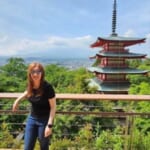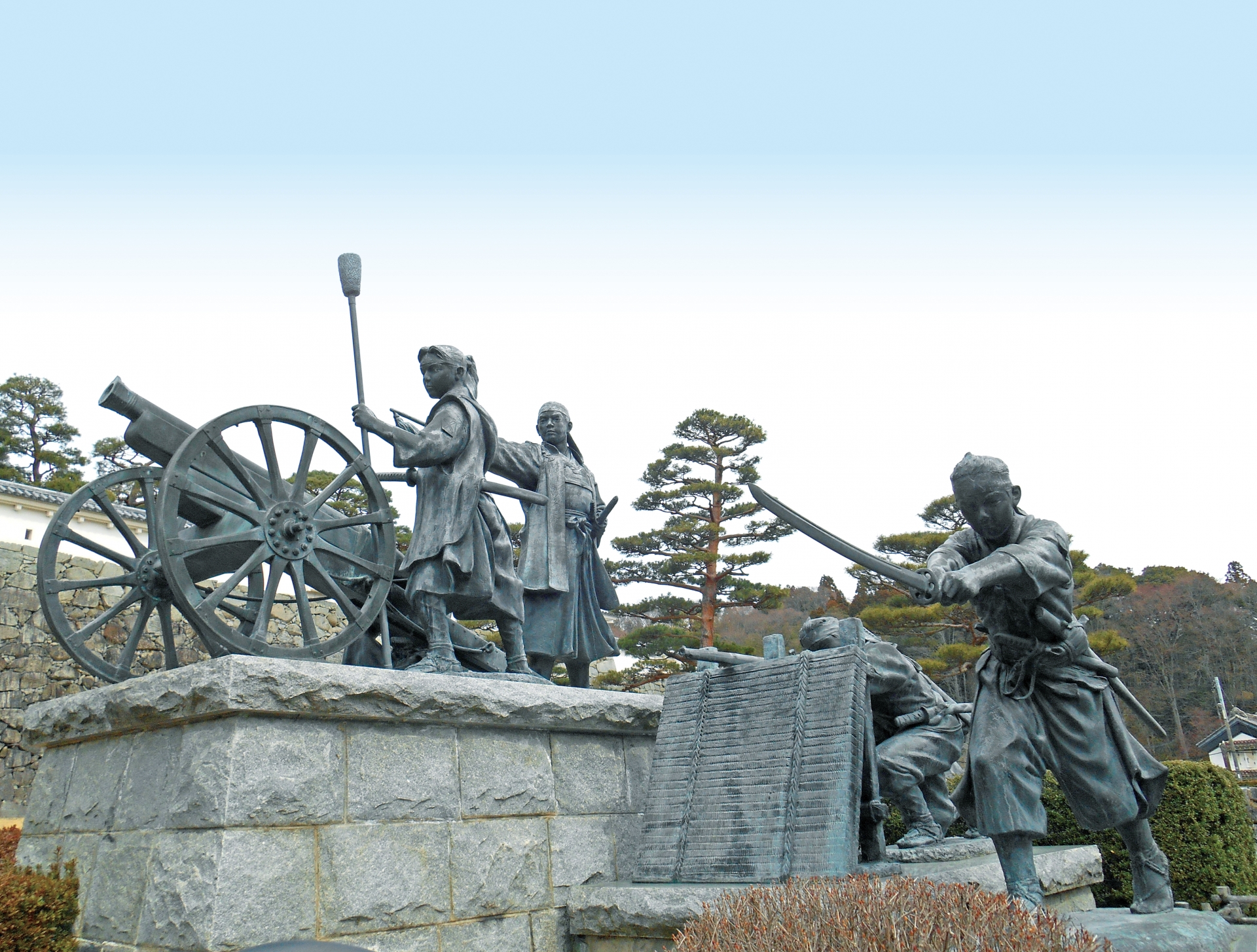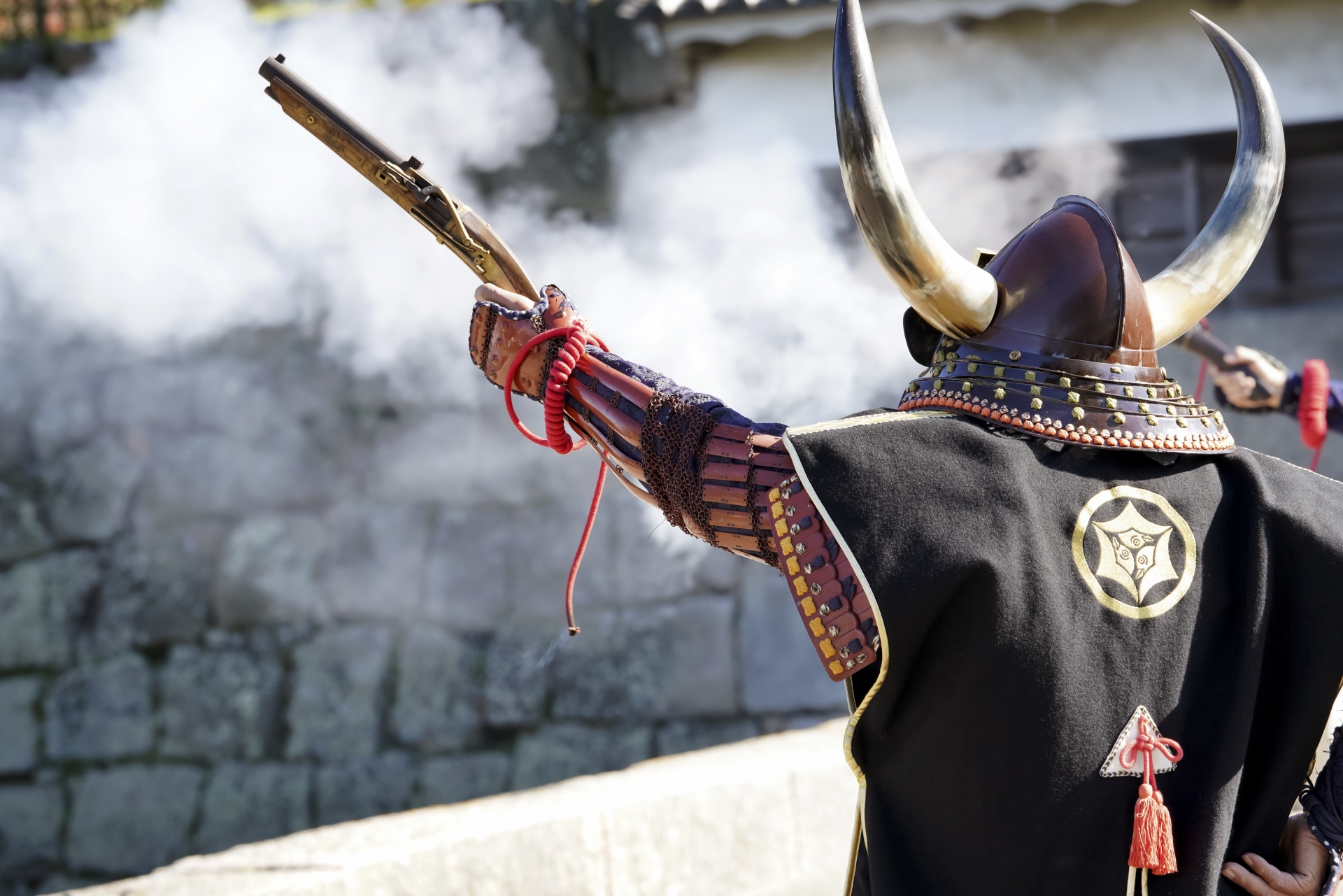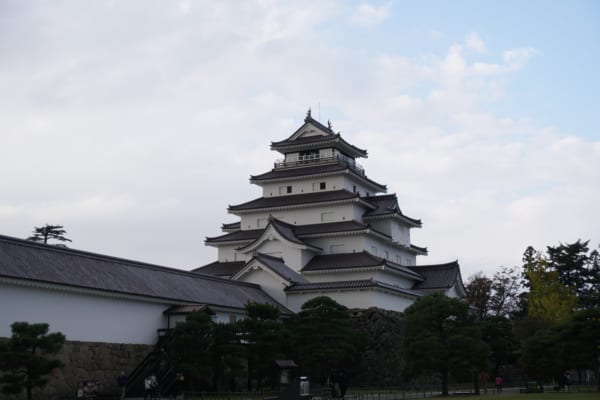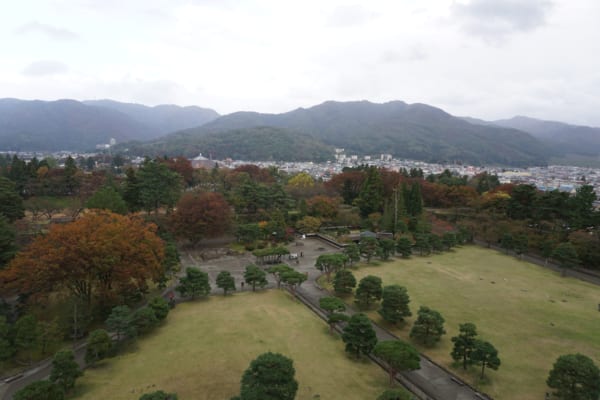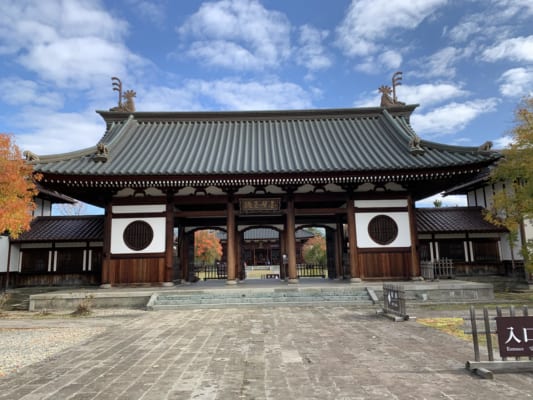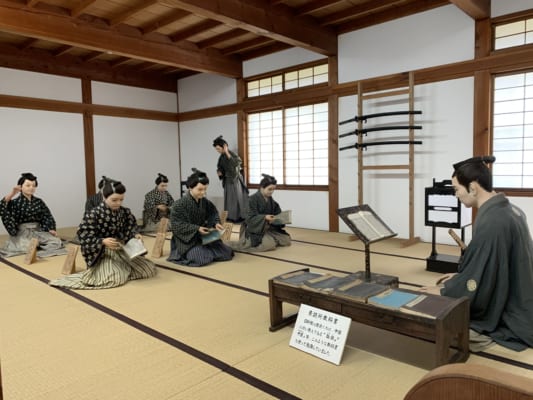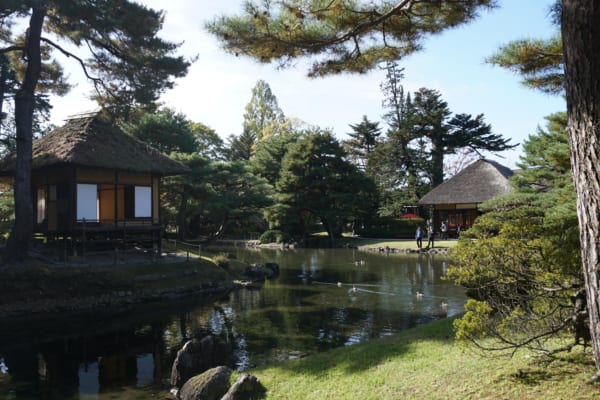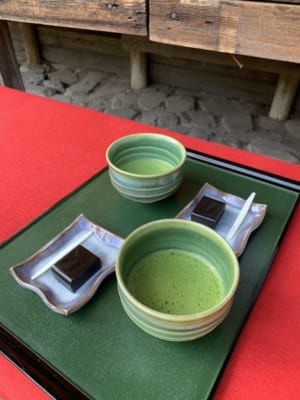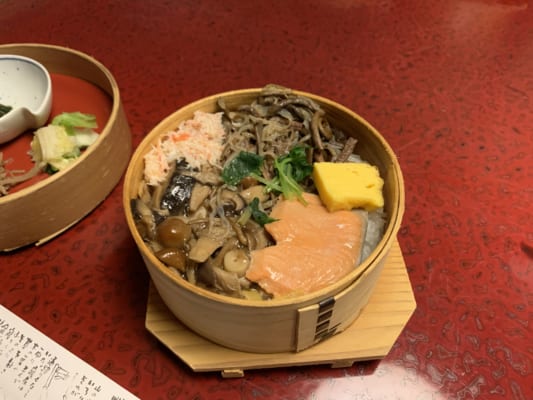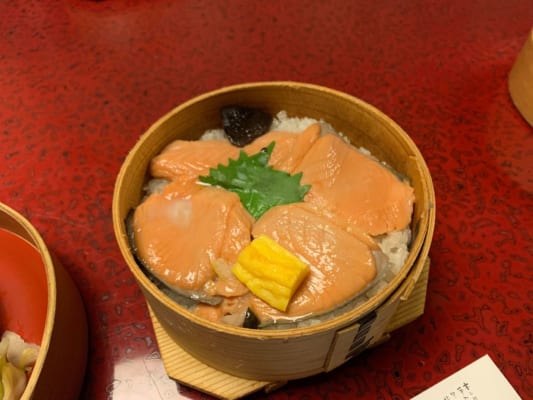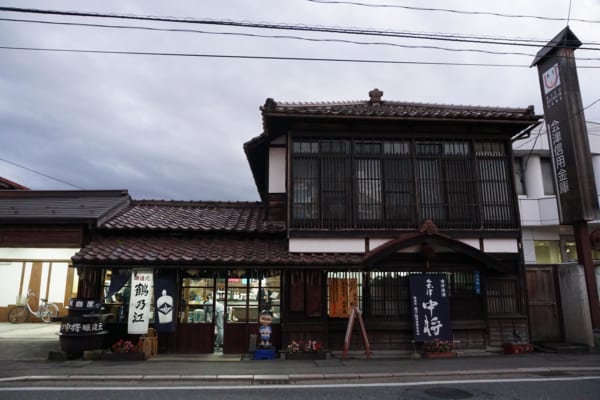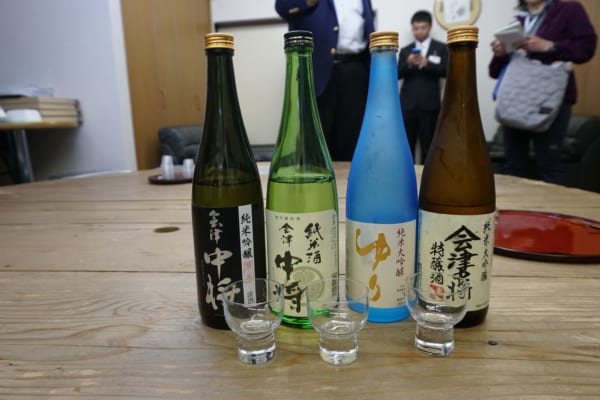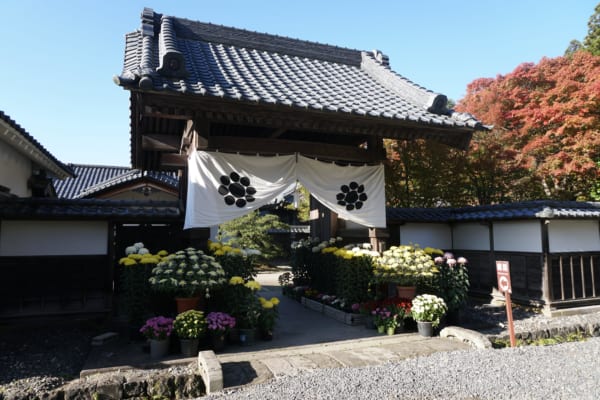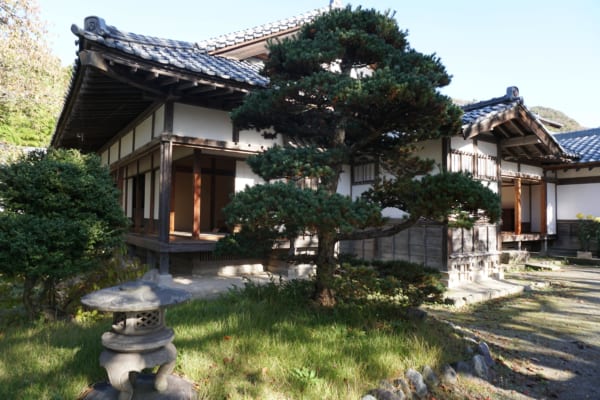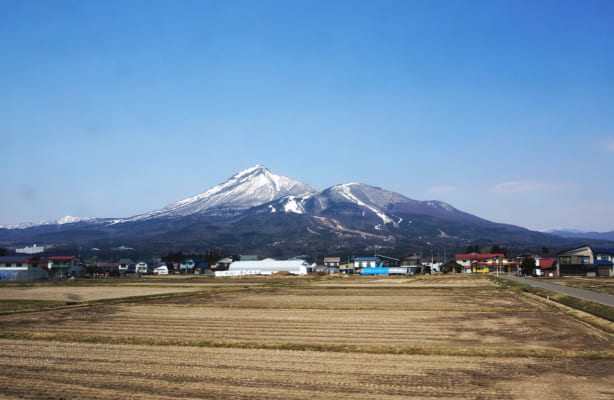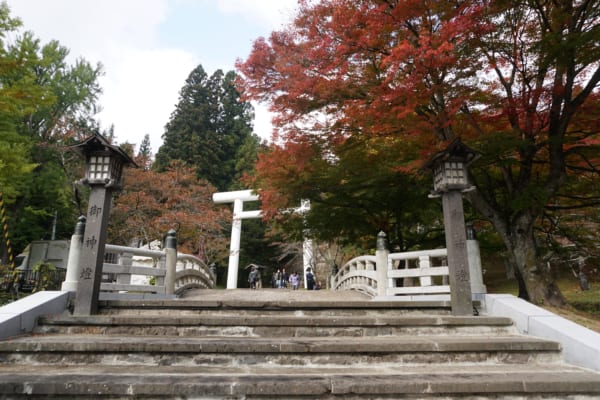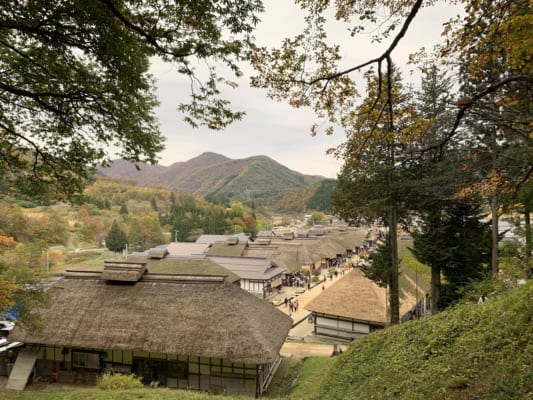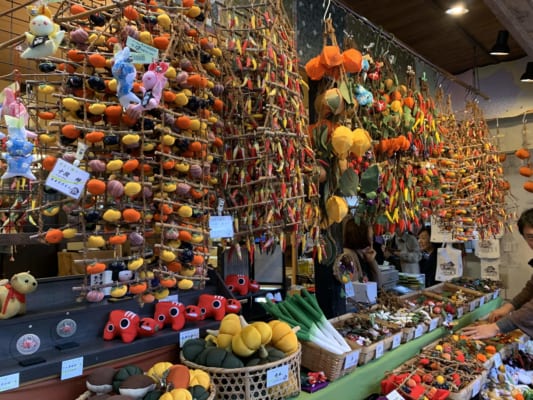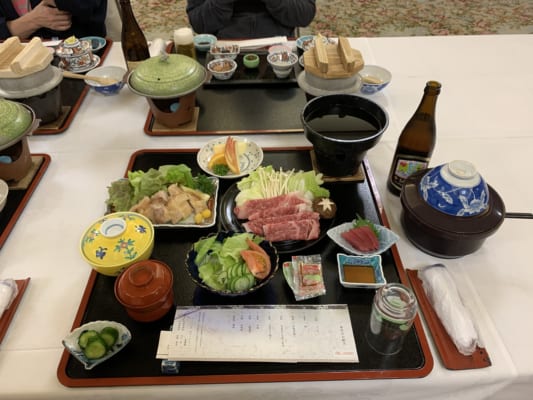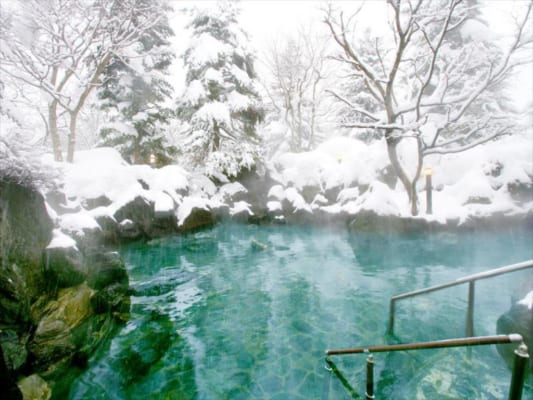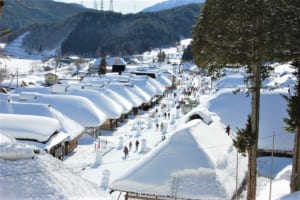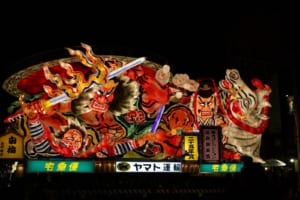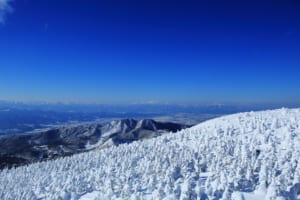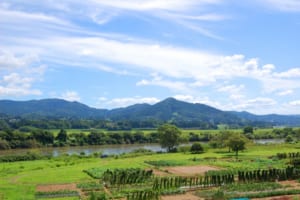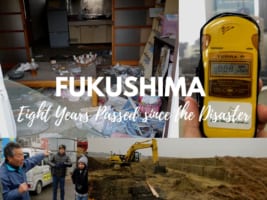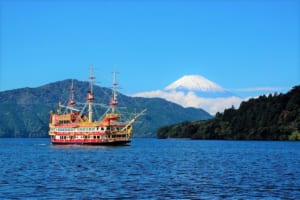Top Things to Do in Aizu-Wakamatsu, the Samurai City
Aizu-Wakamatsu Bucket List
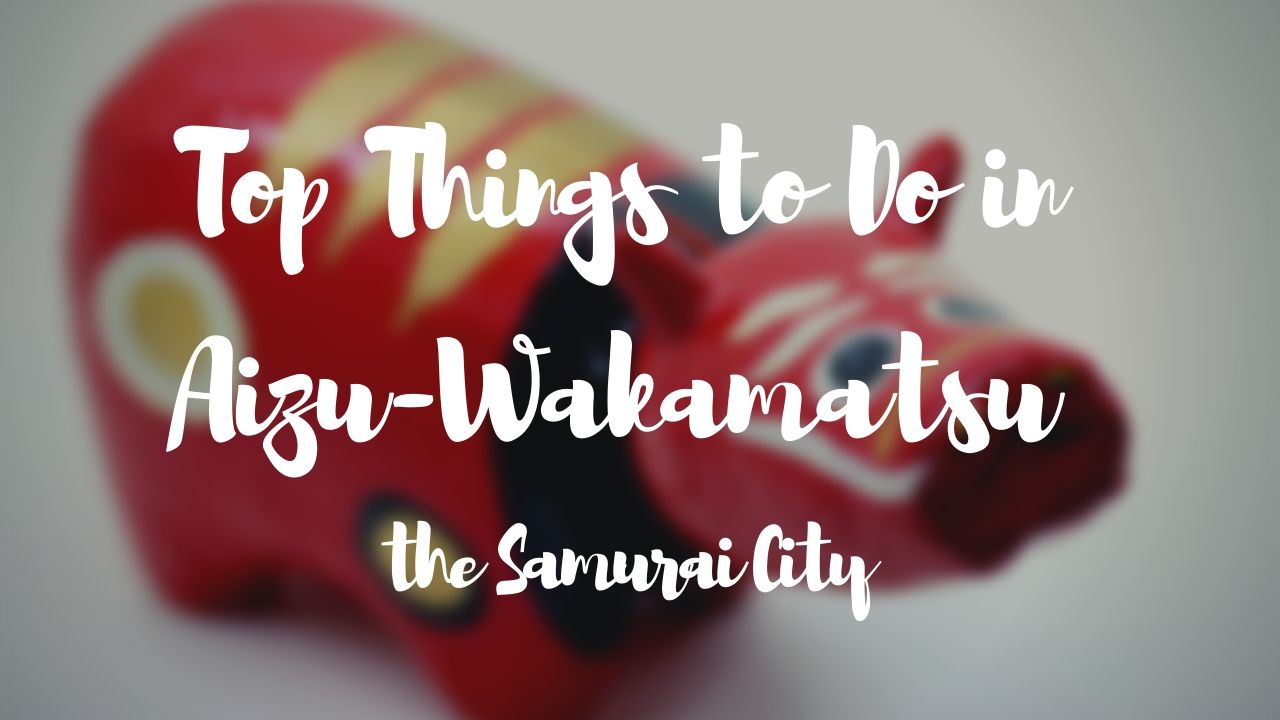
Aizu-wakamatsu, know as the Samurai City, is a city in the west of Fukushima Prefecture famous for being one of the last bastions of the samurai culture. Less known than big cities like Kyoto or Osaka, it’s the perfect place if you want to know the authentic traditional Japan without crowds of people.
At the end of the 19th century Japan underwent a great change. For years Japan was ruled by what is known as the Tokugawa shogunate. Simplified, shogun literally means maximum army commander. Ieyasu Tokugawa was a shogun who managed to unify Japan, and de facto govern the country. The role of the Imperial Family in general and the Emperor in particular was relegated to the background. And this was so until as we explained at the end of the 19th century there was a change. For reasons that I will not stop to explain now, in Japan there was what is known as the Boshin War, a civil war between the supporters of the Tokugawa shogunate and the defenders of Emperor Meiji. Finally, Emperor Meiji’s army won the victory, giving way to what is known as the “Meiji Restoration” or “Meiji period” and ending the samurai world. A reference that surely you will all know about this historical period in Japan is the movie “The Last Samurai”. The film is situated at the end of the Boshin war.
The Aizu clan remained loyal to the Tokugawa shogunate until the end and the city was one of the last to fall. This led to a strong reprisal by the Emperor once they won the war. The Aizu clan practically disappeared, and many buildings were destroyed. But despite that, the Aizu clan left a legacy of institutions, art and industry that remain the local pride.
Fukushima is an area sadly known for the great earthquake of 2011. Although Aizu-wakamatsu is in the pre-invoice of Fukushima, it is on the opposite side of the nuclear power plant and there almost no damage. Anyway, if you want to visit the area but you are worried, you can read this article and know the current situation ▶Fukushima Now: 8 Years after the Nuclear Disaster
Tsuruga Castle
Tsuruga Castle or Aizu-Wakamatsu Castle, is one of Aizu’s gems and a must-go if you visit the city. It’s the only castle in Japan that is preserved with garnet-colored tiles. Formerly the castle was black and gold, but at the beginning of the Edo era there was an earthquake that brought down the castle and had to be rebuilt. At that time the gold and black were not considered good colors for a castle and was changed to the current design. Aizu is also famous for its porcelain, so they decided to make porcelain tiles. This decision was also taken to make it resistant to snow, since in this area in winter it snows heavily and the tiles tend to break but those of porcelain don’t.
The castle can be visited inside, and unlike what happens with the Osaka castle, which is renovated inside and has been converted into a museum, the Aizu castle is preserved inside. Although it also has a small part dedicated to the exhibition of ancient samurai armor of lords of Aizu and other historical objects, among them one of the biggest and most original samurai helmets I’ve ever seen.
Become yourself a samurai at Aizu Hanko Nisshin-kan
Aizu Hanko Nisshin-kan was the best among the more than 300 clan schools in the Edo era in Japan at the time due to its size, content and educational materials. At a time of special crisis for the Aizu Harunaka Tanaka clan, Mr. Katanobu Matsudaira’s trusted man believed strongly that the education of young samurai was the key to getting both the clan and the Aizu region to improve their situation. That’s why they put a lot of effort into building one of the best schools.
The students of the Aizu clan entered Nisshin-kan school at age 10 and were divided into different groups so that younger students could learn to respect their elders and proper manners, among other things.
The current school is a reconstruction of 1987, since like so many other things, the original was destroyed during the Boshin War. The original school was built in 1803 and was west of Tsuruga Castle.
Enjoy delicious Green Tea at Oyakuen Garden
We can find Japanese gardens in many cities of the country. Some, like the Kenrokuen gardens in Kanazawa, are famous for their beauty and size. The Oyakuen gardens in Aizu aren’t so big or spectacular, but they’re special. Oyakuen means “Medicinal Herb Garden”. They were created during the Muromachi period (1336-1573) as the second residence of Morihisa Ashina, head of the Ashina clan. Morihisa decided to build his second residence in this place since there was a spring of water that was said that had healing properties. In the second half of the 17th century under the command of another Lord, Matsudaira Masatune, the samurai of Aizu began growing medicinal herbs in the Oyakuen gardens to help the local population fight disease. That is when an herb known as ginseng began to be grown, which began to be exported as a specialty of the Aizu region.
Today, medicinal herbs (and non-medicinal herbs are still grown), and there is a shop where you can buy teas made from those herbs. Some people recommend going to the Japanese green tea house in front of the Trusuga Castle, but I prefer the little house in the gardens far away. Drinking green tea sitting outside while watching the lake feels really good.
Meet the legend of the Byakkotai at Iimoriyama Hill
The Boshin War left a deep mark in the Aizu region, and as in all wars, there are many sad stories related to the Boshin War. But probably the most famous is the story about the “Byakkotai.” The Byakkotai (White Tiger Unit) were a group of young samurai from the Aizu clan between the ages of 16 and 17 studying at the Hanko Nisshin-kan school. It was the youngest group, and under normal conditions, they wouldn’t have had to participate in a battle until they were more adults. However, with the side in favor of the Tokugawa shogunate losing more and more positions and the Aizu clan cornered being the last to fall, they had no choice but to send to the frontline of battle anyone who could fight.
During one of the battles, 20 members of the Byakkotai were separated from the rest of their unit and fled to Mount Iiomoriyama through a secret way inside a cave. The cave is usually full of water as it connects two lakes, but luckily at that time of year the level had dropped and allowed them to reach the other side. From Mount Iimoriyama, located about 2 km from the city center, they thought they saw the Tsuruga Castle on fire. Thinking that his clan had lost the battle, and after deliberating it for an hour between them, these 16-17 year old sons of samurai decided to commit seppuku (Japanese ritual suicide by sword) and take their own lives.
However, Iinuma Sadakichi, the smallest of the group (he was 15 years old), didn’t know how to perform the seppuku correctly and failed, which allowed him to survive and that some people found him dying in the bush and saved him. At first, ashamed for not having followed the fate of his companions, Iinuma didn’t want to talk about what happened. But finally he explained what had happened, and thanks to him today this story is known.
On Mount Iimoriyama we can find the tombs of these 19 young people, as well as that of Iinuma Sadakichi. We can also see the cave through which they managed to flee and the hill overlooking the city of Aizu-wakamatsu. From there they saw the flames. Today it’s believed that what they actually saw were the houses and buildings around the castle, but not the castle. We also usually talk about the 20 members, but in reality there were 3 who failed to get to the mountain alive (but are buried with their companions).
Eat Wappa Meshi, the local specialty
The wappa-meshi is a dish of rice and steamed food in a circular wooden bowl, which is eaten only in Aizu. It basically consists of white base rice and the ingredient you choose from those available above. Among the most common is salmon, or a combination of 5 ingredients (like the one in the photo), but there is also a special one of horse meat (in Japan it is not very common to eat horse meat). As I explained, these ingredients, like rice, are steamed. It may seem like a simple dish, but I assure you that it tastes delicious and leaves you full and with new energies to continue discovering the city.
There are many restaurants in the area that serve wappa-meshi, but I went to one called Takino Wappa-meshi, which is wappa-meshi pioneer restaurant. The place is an old rest house from the Edo period, which was moved here and restored in order to open the restaurant. So in addition to being able to eat a really delicious homemade wappa-meshi, you can enjoy an old two-storey rest house with private rooms. It is practically like eating in a house.
You can check the restaurant here
Tsurunoe Shuzo: Get Tipsy with the Best Sake in Japan
Among the Japanese, Fukushima is famous for its rice fields and rivers with pure water, which makes it the perfect place to make Japanese liquor. Or as it is known outside of Japan, “sake” (actually in Japanese ‘sake‘ means alcohol in general). And specifically in Aizu wakamatsu is the sake brewery that has won the awards for the best sake in Fukushima and the best sake in Japan for several consecutive years. Tsurunoe Shuzo is a company founded in 1794, although then it had another name. It adopted the name “Tsurunoe” early in the Meiji period (1868-1912) as a combination of Tsuruga Castle and Inawashiro Lake, two symbols of Aizu.
Tsurone Shuzo is only producing two brands. One is “Aizu Chujo”, whose production began in 1977 in honor of the firs lord of the Aizu clan, Masayuki Hoshina. “Aizu Chujo” won the gold award in the 2019 Annual Japan Sake Awards (National Research Institute of Brewing / Japan Sake and Shochu Makers Association).
The other brand is named “Yuri” is named in honor of Yuri Hayashi, daughter of the current owner of the brewery. Yuri and her mother Keiko created this new type of sake. So his father, who has a great affection and is proud of her, decided to put his name. Yuri is one of the first women in the sake industry, a mostly masculine world and one of the first female “toji”– a brewery’s chief brewer. We tried a “Yuri” brand sake that was the one chosen for a dinner between Abe and Trump!
Over 200 years in the business Tsurunoe Shuzo’s commitment to taste remains unchanged. Yuri’s father is the seventh generation in charge of this sake brewery and continue making the sake in the same way. Despite the new technologies, Yuri and his family continue to use the old machinery. So they can only make sake during the winter, since they don’t have cold rooms.
Discover how the samurai lived in Aizu Bukeyashiki
Given the great samurai legacy of the city, it is not surprising that many of the activities available in Aizu have to do with these legendary Japanese warriors. Aizu Bukeyashiki is a reconstruction of the residence of samurai Saigo Tanomo (1830-1903), one of the main generals of the Lord of Aizu.
Although for a while Tanomo was relegated from his duties as he had a point of view that cast doubt on the loyalty of the Aizu clan with the Tokugawa shogunate, he was called back to fight in the Boshin War. Initially Tanomo recommended surrendering and submitting to the demands of the imperial army, but when his lord refused to surrender, he fought alongside him to protect him. When he saw that the war was lost, he fled from Tsuruga Castle to Yonezawa and later Sendai. There he joined the Enomoto Takeaki fleet, which sailed to Hakodate, the city where the Boshin War finally ended. Tanomo became a priest after the war, and finally returned to Aizu, where he died.
The original residence was almost completely destroyed during the Boshin War but thanks to some drawings found in Tanomo’s residence it was possible to investigate and carry out a reconstruction that was completed in 1975. In the residence we find period buildings such as a historical archive, tea room and administrative headquarters.
Half day trip at the foot of Mount Bandai
Mount Bandai is a volcanic mountain visible from several points of Aizu-wakamatsu. It’s his version of Mount Fuji in Tokyo and is famous in the region. And at the foot of Mount Bandai, in the city of Inawashiro, an hour and a half from Aizu-wakamatsu we find the Hanitsu shrine.
This shrine is dedicated to Hoshina Masayuki (1611-1673), the founder of the Matsudaira de Aizu house and the first lord of Aizu. It was built in 1675, following the will of Masayuki, who died in 1672. It’s said that the Hanitsu shrine was compared in size and beauty to the famous Nikko Toshogu, until it was destroyed during the Boshin War. The current shrine is a reconstruction of 1880 and was designated as a national historical site in 1987. Masayuki’s tomb is located north of the main enclosure.
Visit the historic and charming village of Ouchijuku
Ouchi-juku is a former post town located on the mountains southwest of Aizu-wakamatsu. During the Edo period, there is a route called Aizu-Nishi Kaido that connected the region of Aizu with that of Nikko and this route crossed the center of the village of Ochi-juku.
Under the Tokugawa shogunate, the feudal lords were ordered to live half a year in their domains and half a year in the capital, Edo (now Tokyo). Therefore, they often traveled this route and Ouchi-juku used to be a convenient stop-over for travellers to rest during their long journey on foot, providing them food and accommodations. However, when a new road opened, the feudal lords and the other people stopped using Aizu-Nishi Kaido route. That, at the time, was a problem for local villagers, who were isolated. But thanks to that it is also that today it is preserved as it was in the Edo era and has become an important tourist spot.
Take a rest and relax in a natural onsen
One of the best things to do in Japan is to enjoy a thermal bath or onsen. The onsen are extremely popular among the Japanese and is one of their favorite activities when they travel. Surely you have seen photos in magazines about beautiful onsen outdoors with nature. Although there are onsen in almost all of Japan, in cities like Tokyo or Osaka it’s difficult to find an authentic beautiful onsen that fits with the image that foreigners have in mind. But in more remote areas, such as Aizu, it’s very easy to find that kind of onsen.
On our second night we stayed at Active Resort Urabandai, owned by the Daiwa Royal Hotel group. The resort had absolutely everything from various restaurants and shops to a wonderful onsen with indoor and outdoor pool. We were able to enjoy a Japanese-style dinner and bathe several times in the onsen. After a day of sightseeing and walking, relaxing in hot springs with mountains in the background is the best feeling.
What do you think about the list?? If you are planning your first visit to Aizu, you should definitely add listed things to do on your bucket list and have a perfect trip in Aizu! Although I recommend you stay in the city 2 days to see all spots and enjoy the visit, it is also possible to see Aizu-wakamatsu in one day trip from Tokyo. Just pick the things you liked most on the list and plan your perfect itinerary in Osaka in one day!
How to get to Aizu-Wakamatsu from Tokyo
Shinkansen: Approximately 150 minutes through the Tohoku Shinkansen line. At the Koriyama station, change to the Banetsusai line to the Aizuwakamatsu station.
Train: Approximately 240 minutes with the Tobu Railways line from Shinjuku or Asakusa station. Change at Kinugawa-Onsen station or Aizutajima station to the Yagan-testsudo or Aizu lines to Aizuwakamatsu station.
Bus: Depending on traffic, about 270 minutes from the Shinjuku bus terminal.
Car: With the road cleared, 200 minutes through the Tohoku Highway.
▽Here are the attractions you should experience across Japan with this Japan Bucket List!▽
▽Check more things to do in Tohoku Region!▽
▶︎10 Best Things to Do in Aomori
▶︎10 Best Things to Do in Iwate
▶︎10 Best Things to Do in Akita
▶︎11 Best Things to Do in Miyagi
▶︎10 Best Things to Do in Yamagata
For more ideas about not-so-known places to travel in Japan or things to do in the Fukushima area, please check out my other articles listed below, too!
▽ Related Articles ▽
▼ Editor’s Picks ▼
Written by
From Barcelona to Tokyo. Coffee & Adventure lover.
I started to like Japan because of the anime, music and dramas, but after my first trip to the country I found what I love the most: traveling around, the culture and history. I have travelled a lot in Japan, but I still have many places to discover that I want to share with you. Let’s discover Japan together!
Also, as a foreigner living in Japan for over 6 years I understand what kind of things are difficult when you move here and I want to help other people in the same situation that I have in the past.
